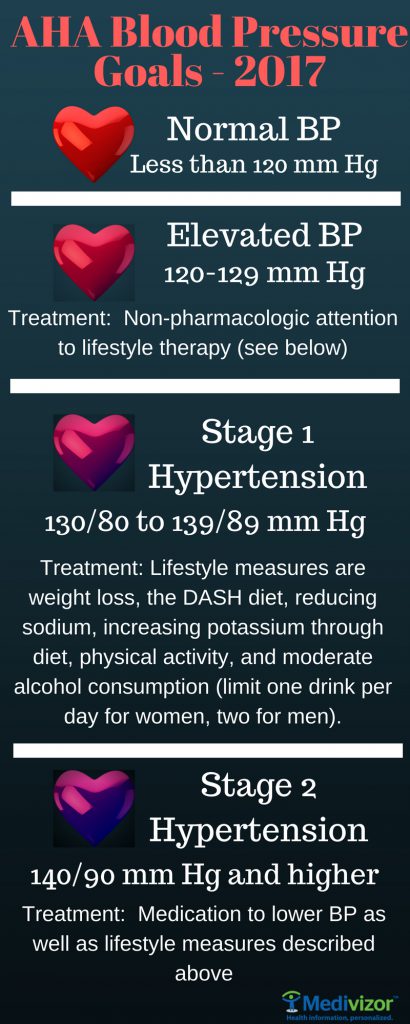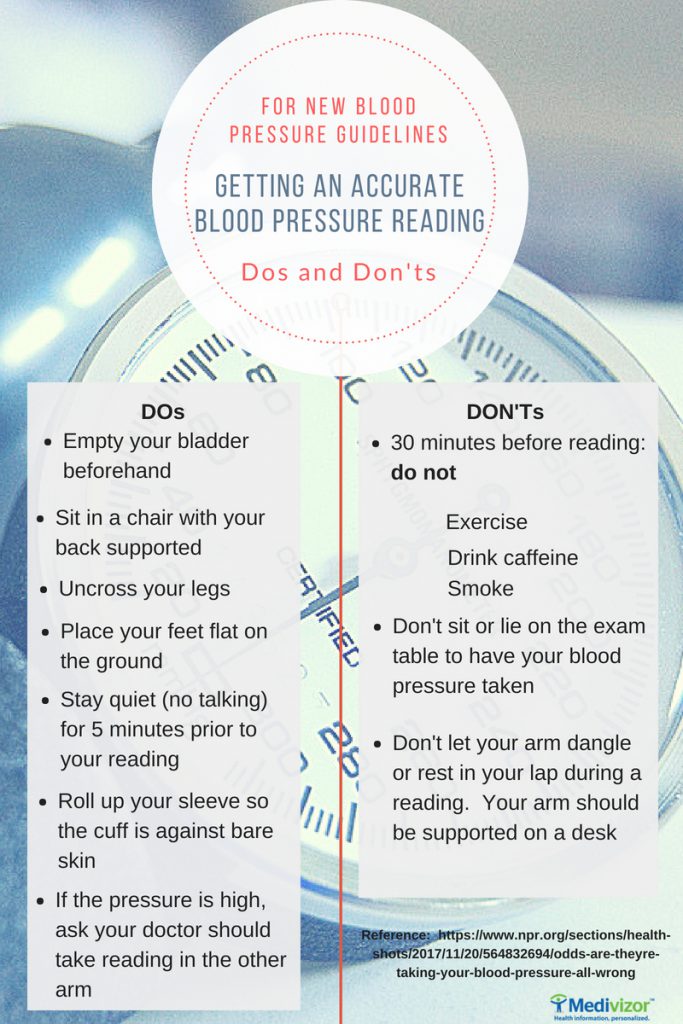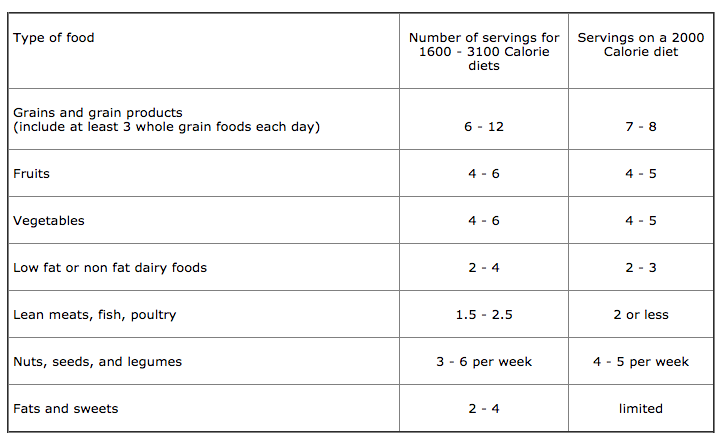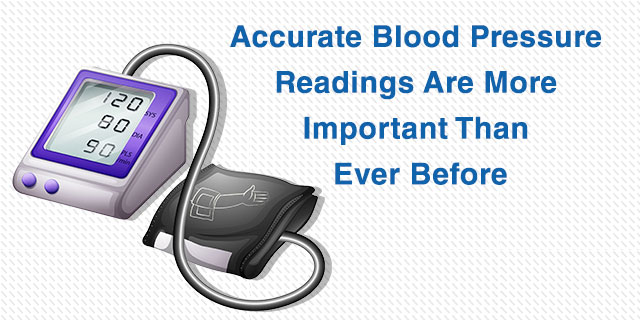 These new goals are based on a significant number of research studies but especially the SPRINT study. This was a large investigation with more than 9000 patients over the age of 50 whose blood pressure measured higher than 130 mm Hg. Participants also had at least one of these risk facts: 1) “Presence of clinical or subclinical cardiovascular disease other than stroke
These new goals are based on a significant number of research studies but especially the SPRINT study. This was a large investigation with more than 9000 patients over the age of 50 whose blood pressure measured higher than 130 mm Hg. Participants also had at least one of these risk facts: 1) “Presence of clinical or subclinical cardiovascular disease other than stroke
2) Chronic kidney disease, defined as estimated glomerular filtration rate (eGFR) 20-59 ml/min/1.73 m2
3) A Framingham Risk Score for 10-year cardiovascular disease risk ≥15%
4) Age >75 years”**
The study’s goal was to lower patients’ blood pressure to below 120 mm Hg. Patients were followed for 5 years. Researchers found significant reductions in the numbers of heart attacks, strokes and death among participants as compared to usual care (with the blood pressure target of less than 140 mm Hg.)
Changes in Taking Blood Pressure Readings
 In addition to the new guidelines, recommendations have changed for how your doctor takes your blood pressure. In addition to the DOs and DON’Ts that you see in this infographic, a diagnosis of high blood pressure should not be made based on just one reading or one office visit. Instead, if your pressure is high in one arm, your doctor should take a reading using the other arm during your first evaluation visit. Then, at a second visit, your doctor should take your blood pressure in the arm that had the highest blood pressure reading during your first visit. Only if that reading is high can your doctor make a diagnosis.
In addition to the new guidelines, recommendations have changed for how your doctor takes your blood pressure. In addition to the DOs and DON’Ts that you see in this infographic, a diagnosis of high blood pressure should not be made based on just one reading or one office visit. Instead, if your pressure is high in one arm, your doctor should take a reading using the other arm during your first evaluation visit. Then, at a second visit, your doctor should take your blood pressure in the arm that had the highest blood pressure reading during your first visit. Only if that reading is high can your doctor make a diagnosis.
The DASH Diet
As you can see in the infographic above, the DASH diet plays a large role in bringing blood pressure under control. What is the DASH diet?
The Dietary Approach to Stop Hypertension or DASH is a diet based on research. One of its main features is a reduction of sodium intake. Most Americans have over twice the amount of sodium in their diet (3400 mg) as is recommended by the AHA (1500 mg). There are two “sodium” versions of the DASH diet, one which lowers intake to 2300 mg and the other that lowers intake to 1500 mg. In addition, there are two versions of the diet a 1600-3100 calorie diet and a 2000 calorie diet.
Below is a table provided on the DASH website.

Both versions include lots of grains, vegetables and fruits per day as well as lean meats, poultry or fish. Servings of dairy, monounsaturated fats, nuts, legumes and seeds and sweets are more limited.
For more information on your hypertension or high blood pressure and the newest in treatments, sign-up for updates from Medivizor.
**http://www.acc.org/latest-in-cardiology/clinical-trials/2015/09/23/10/40/sprint







The sign before the 120 in normal blood pressure should be less than not greater than, you need to publish a correction
Thank you so much for pointing this out! It is corrected. Best, Kathleen
Well I’m on 4 blood pressure meds a day I don’t even have to eat and my blood pressure goes sky rocket
nice blog post on accurate blood pressure, thanks for sharing.